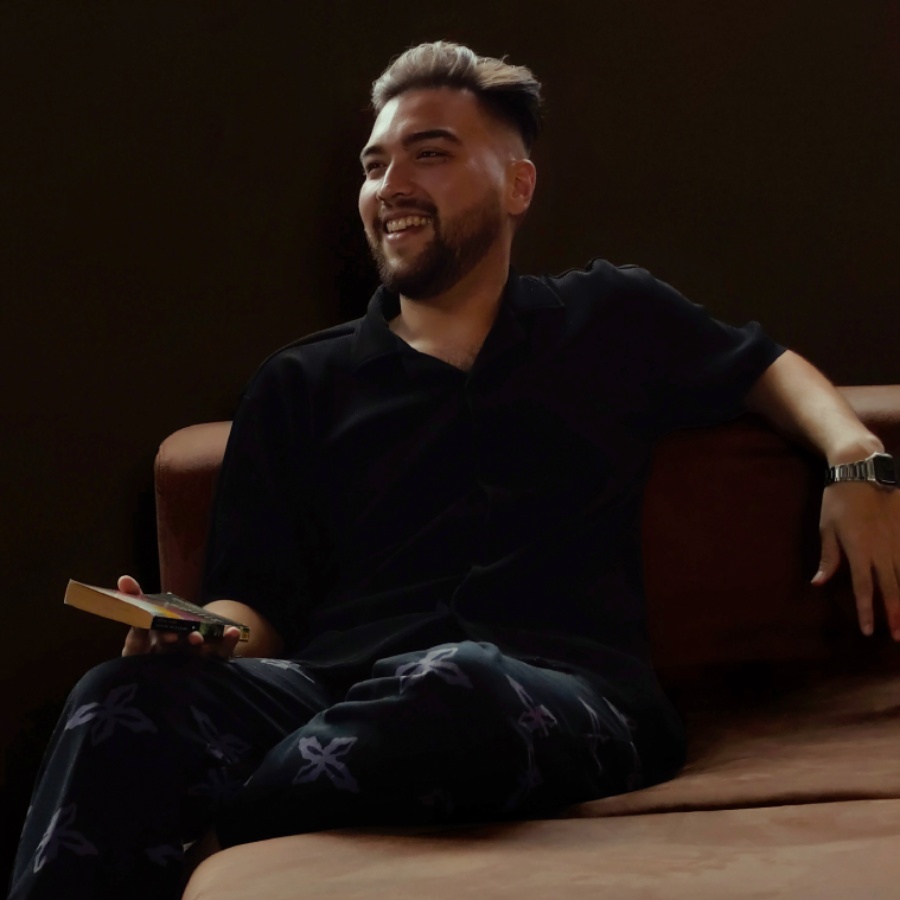Lombok – an island on the West Nusa Tenggara province that forms part of the chain of the Lesser Sunda Islands of Indonesia, where the Lombok Strait separates it some 128 km away from the island of Bali to its west, the Alas strait between it and the Sumbawa islands to the east.
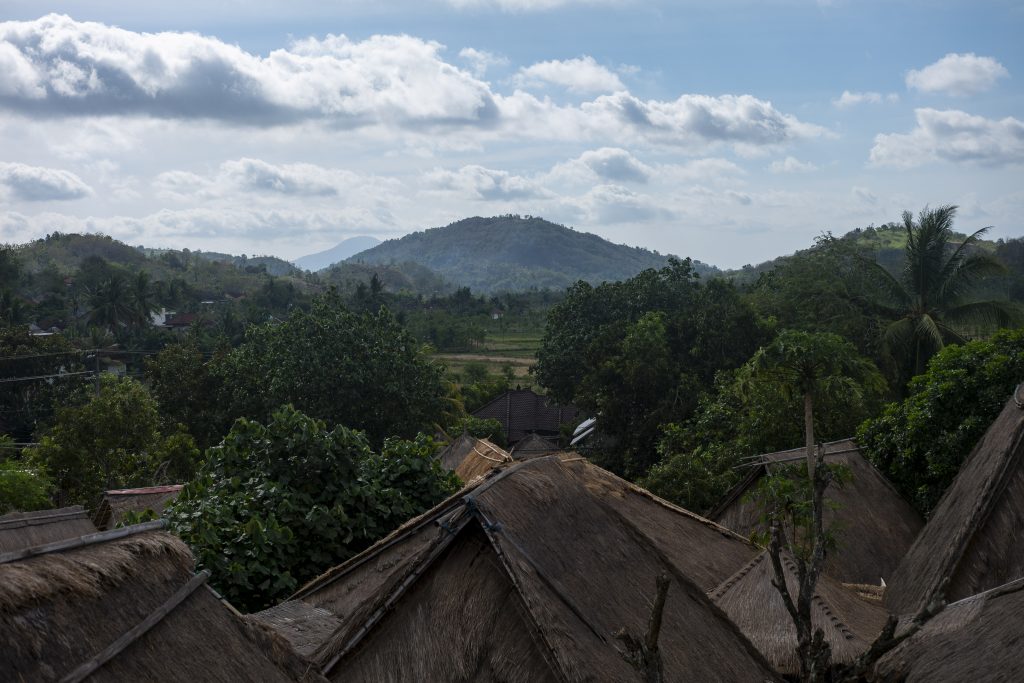
To most global travellers, when they think of a tropical island destination in Indonesia, the obvious thought that comes to mind is Bali. However, over the last decade another destination that has seen hordes of globetrotters descending upon its shores is the Gili Islands, just off the northwest coast of Lombok, three small neighbouring islands called Gili Trawangan, Gili Meno and Gili Air. Yet, the island of Lombok itself seems to have always been overlooked by many travellers.
Though years ago Lombok was supposed to be “the next Bali”, it never really managed to gain the same traction and popularity, despite being blessed with equally stunning landscapes, from its pristine beaches with azure blue waters, beautiful waterfalls, the majestic Mount Rinjani, not to mention the unique and rich cultural heritage and traditions of the native inhabitants, the Sasak tribe. So why does Lombok not get the same recognition Bali does? Lombok people even share some cultural heritage with neighbouring Bali. While the Hindu-majority Bali is known as the Island of the Gods where you’ll find a myriad of historical Hindu temples, the Muslim-majority Lombok is known as the Island of a Thousand Mosques, due to the many mosques established across the island.
Tourism in Lombok initially developed in the mid-1980s, when Lombok was branded as an unspoiled alternative to Bali. However, the island’s tourism received setbacks from several unfortunate events from the late-90s to the mid-2000s. It wasn’t until leading up to the 2010s that tourism began to recover, with major improvements made to the island’s infrastructure including better road advancements and the construction of Lombok International Airport.
Recently, Lombok gained more attention due to the construction of the Mandalika International Street Circuit in Mandalika, a coastal resort area in Central Lombok Regency, where the circuit became the venue for the second rounds of the 2022 Grand Prix motorcycle racing season.
Encompassing a massive total area of approximately 4,738 square kilometres, exploring the entire island would require days. So, in the limited time we had, the NOW! team decided to visit several of the main tourist sites from the western region to the central region, with a focus on some of the crafts and cultures the island has to offer.
We set off from the charming coastal town of Senggigi early in the morning. After a 40-minute car ride through the winding roads and hills of Lombok, we arrived at Banyumulek village in West Lombok, one of several pottery villages found across the island. As one of the economic wheels of its residents, pottery-making is a craft that has been practised by the native residents for many generations. At Banyumulek, you’ll find plenty of pottery galleries along the streets, showcasing various beautifully handcrafted products made by the artisans.
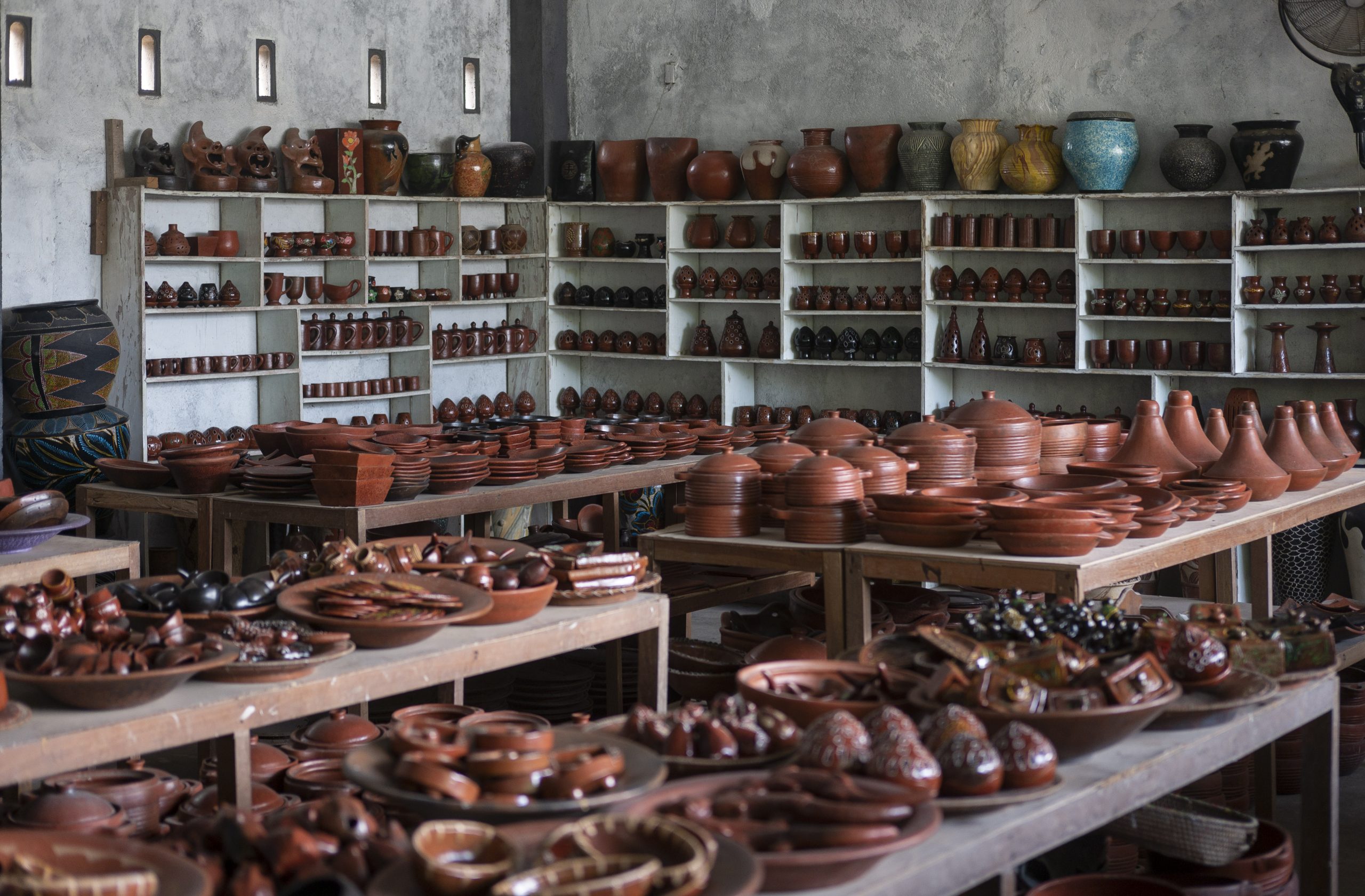
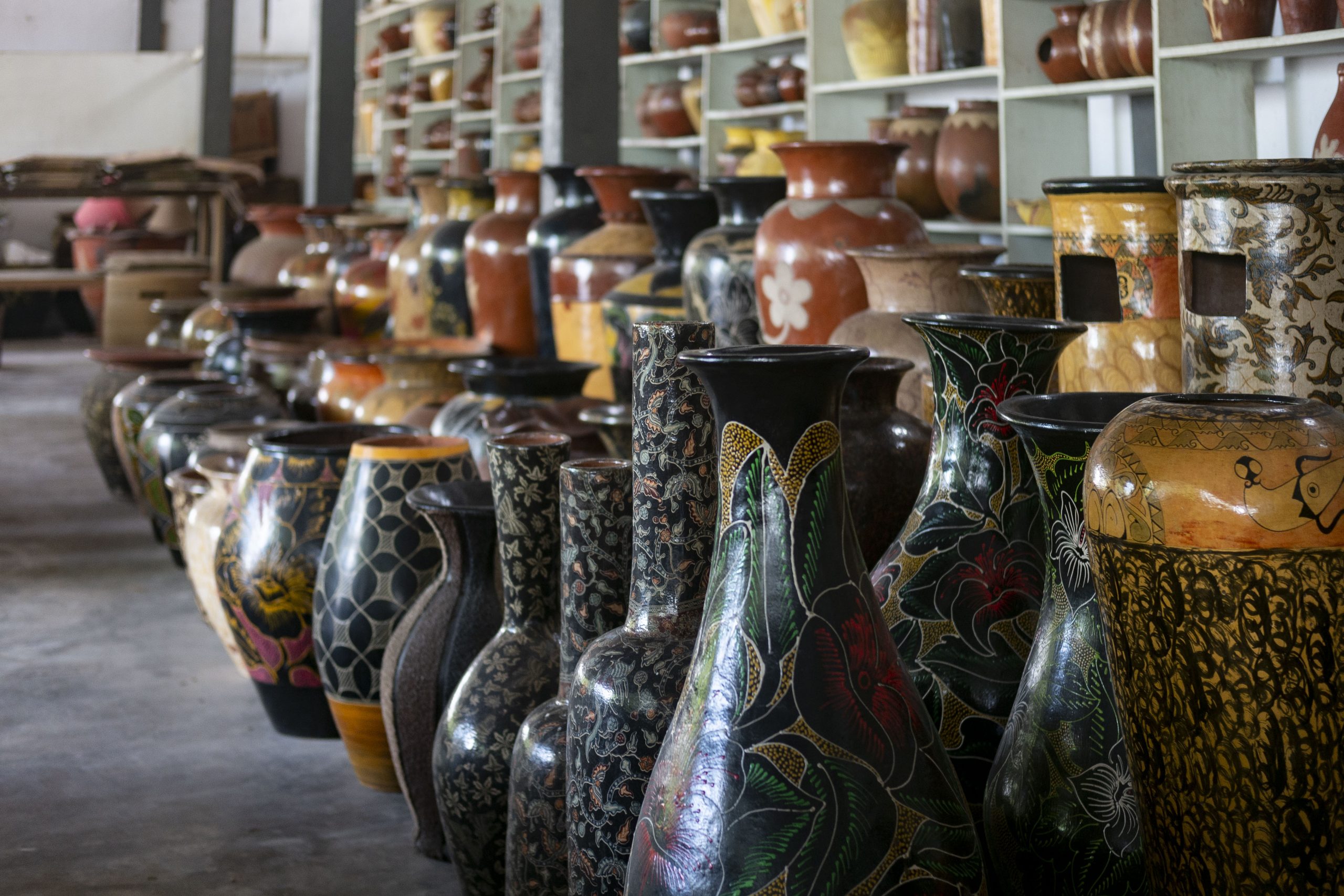
We visited Berkat Sabar Pottery, where a vast collection of products are displayed, from vases, pots, tableware and ornaments, coming in all kinds of sizes, shapes and colours. Using clay and water as the base for the pottery, the artisans use natural ingredients for the colourants. Here, visitors are also welcome to try and have a hand in the pottery-making process guided by the artisans.
Next, we made our way to a village specialising in another craft that Lombok is renowned for, the tenun woven cloths. We arrived at Sukarara Weaving Village in Central Lombok 20 minutes away from Banyumulek, where we visited a textile weaving showroom and shop called Industri Tenun Patuh. Here, visitors can witness the local women demonstrating the process of crafting the textile, and can even try their hand at this difficult craft, passed down the generations.
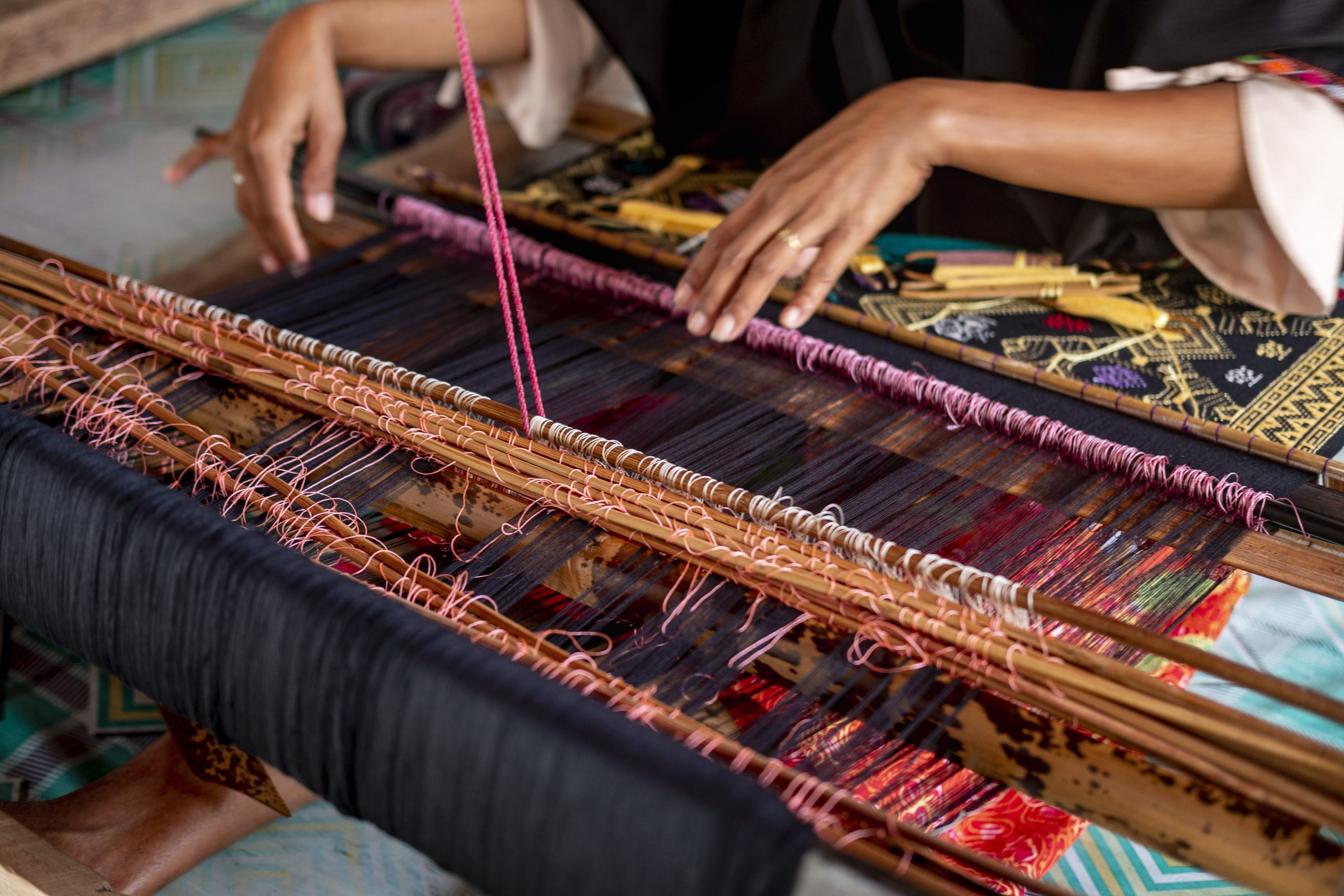
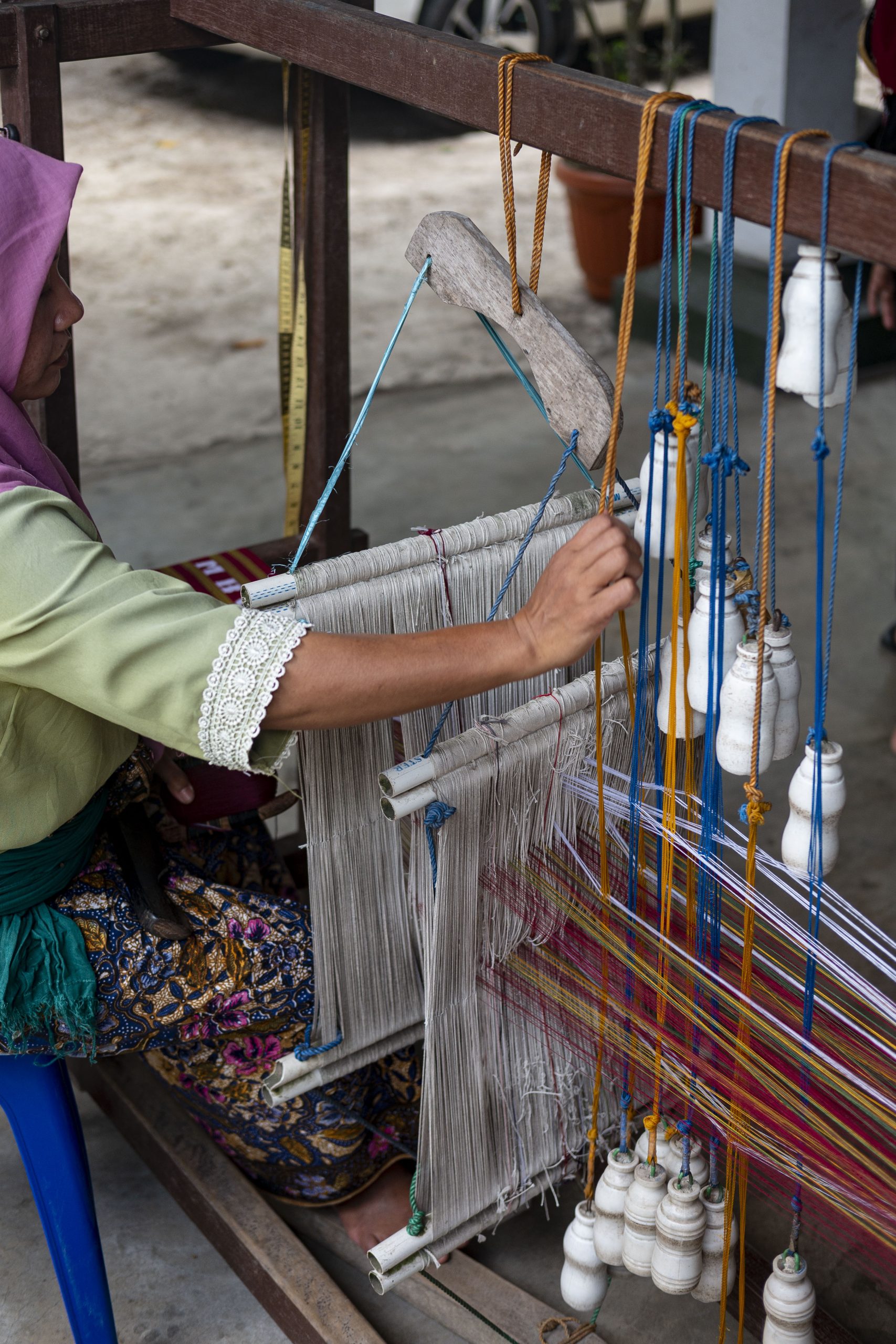
There are two types of tenun: tenun songket which can take up to a month to complete depending on the motif, and tenun ikat, which typically takes 2-3 days to finish. Inside the shop is a collection of tenun in different colours, types and motifs, sold as fabrics, clothes and more. Visitors can also try out the traditional Lombok attire and take pictures at the traditional houses right outside of the shop.
In the following three destinations, we take you on a leisurely experience to the magical beaches of Lombok. Some 40 minutes away from Sukarara, we arrived at Selong Belanak Beach, a stunning white sandy beach in Central Lombok. This beautiful beach enclave is one of the most popular beaches in Lombok, crowded by beach-goers sunbathing on loungers under beach umbrellas, swimming in the ocean, and relaxing at the rows of beach cafes and restaurants. It is a top destination for amateur surfers due to its small waves, making it an ideal beach to practice on the board as seen from the group of people lined up with their surfboards.
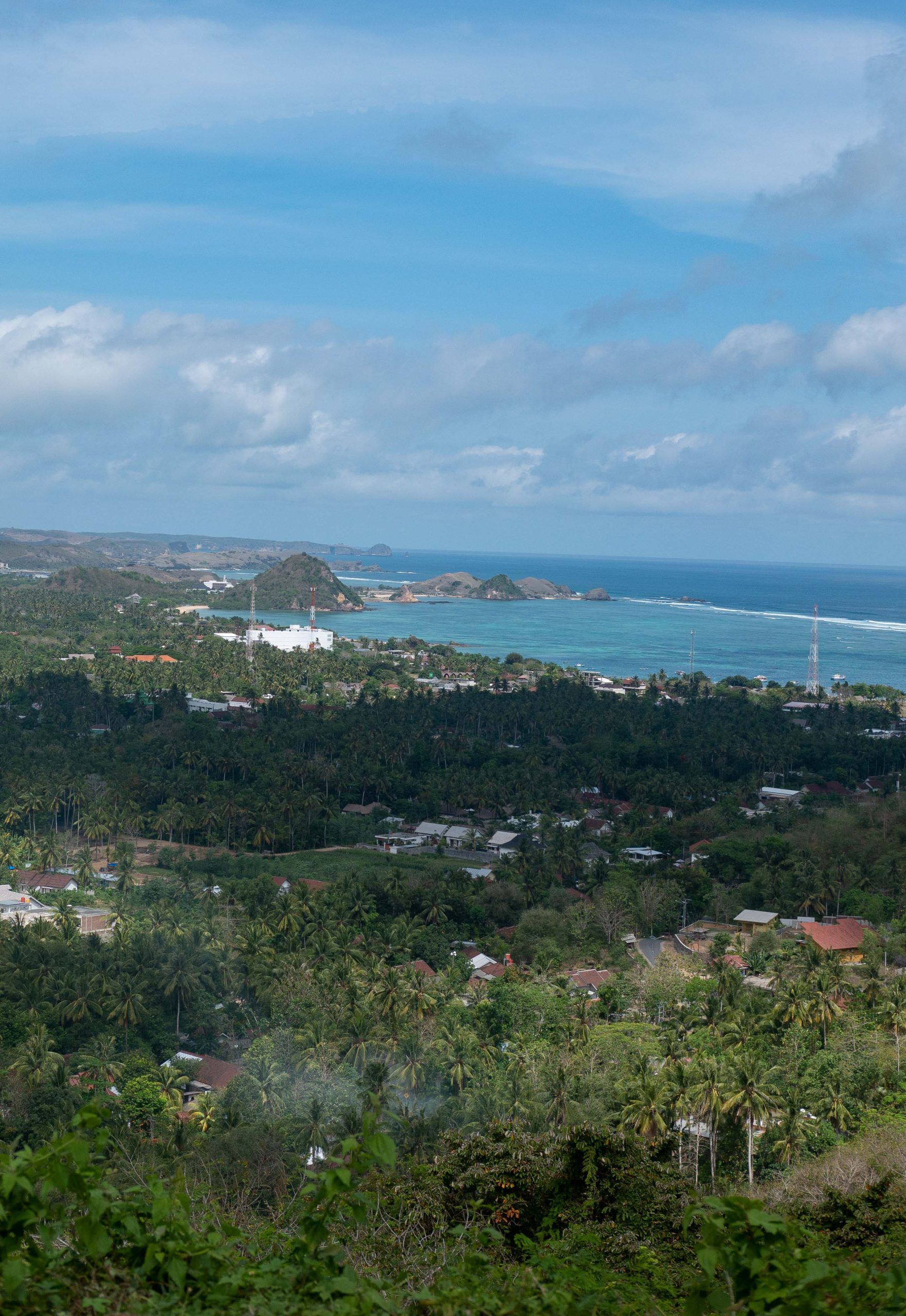

A short drive from Selong Belanak, we reached Mawun Beach, one of the most stunning beaches in Lombok due to its breathtaking scenery and cerulean waters. Located in a bay enclosed by verdant hills on each side, this horseshoe-shaped beach is relatively quiet and empty with only small beach warungs compared to Selong Belanak. It’s an ideal destination for those seeking a tranquil day at the beach with relatively calm waters, where it’s just you, the sand and the sun.
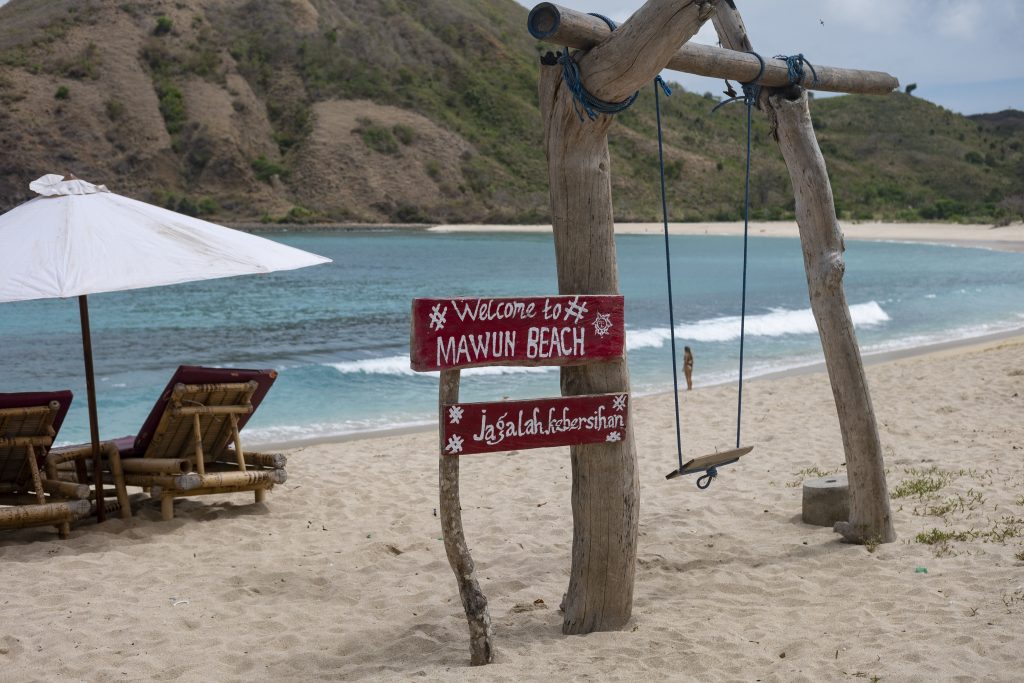
From there, we drove to our final beach destination, which is one of the most famous tourist hotspots, not only for visitors but locals alike – Kuta Beach. Yes, Lombok has its own Kuta Beach in Mandalika, much like the iconic beach in Bali. After a 20-minute drive, we arrived at this bustling coast, where the infrastructure is the most developed due to its location nearby the newly-built circuit.
A giant sign that spells “KUTA MANDALIKA” towers on the main paved area where you’ll find many visitors taking photos under it. This area is swarming with visitors, where you can rent out electric bikes and scooters, while many local street vendors sell various items including textiles and bracelets.
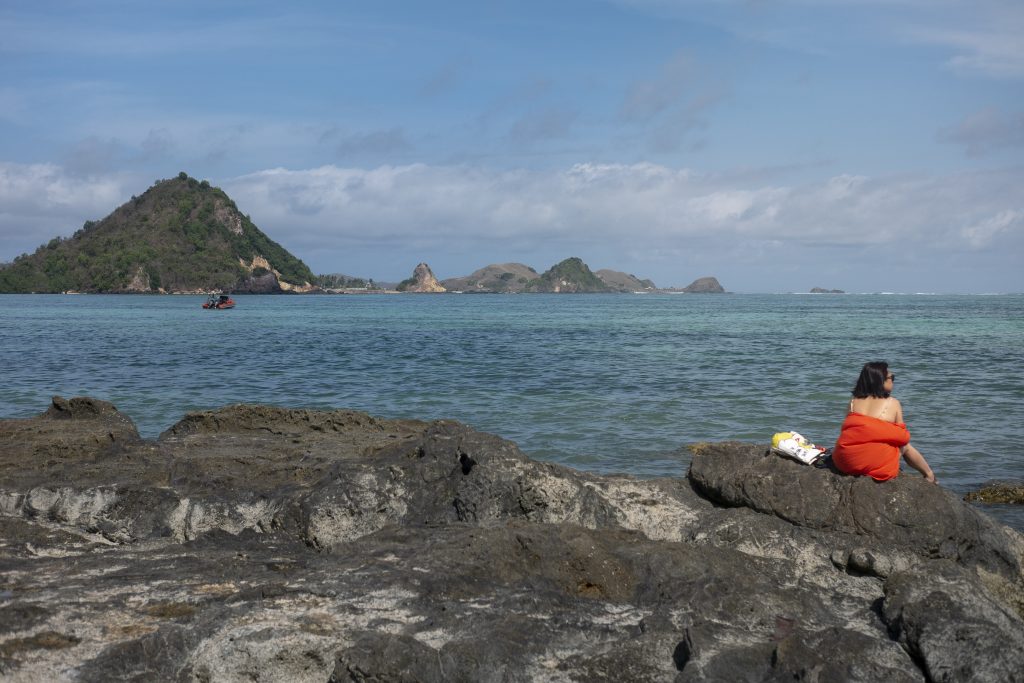
The expansive 7.2-kilometre coastline of Kuta Beach is graced with stunning pearly white sand with crystal clear waters and healthy reefs, an oasis where you can enjoy various activities such as surfing and snorkelling. Surrounded by lush hills, this beach offers you a picturesque ocean vista much like those you see on travel postcards.
Escaping the scorching heat of Kuta Beach, we departed to the final destination on our Lombok bucket list, a short drive to the traditional village of Desa Sasak Sade (Sade Village). Sade Village is one of the most popular tourist sites to visit due to being the most authentically traditional village of Lombok’s most native inhabitants, the Sasak tribe, which has managed to preserve and uphold their unique generations-long customs and traditions.
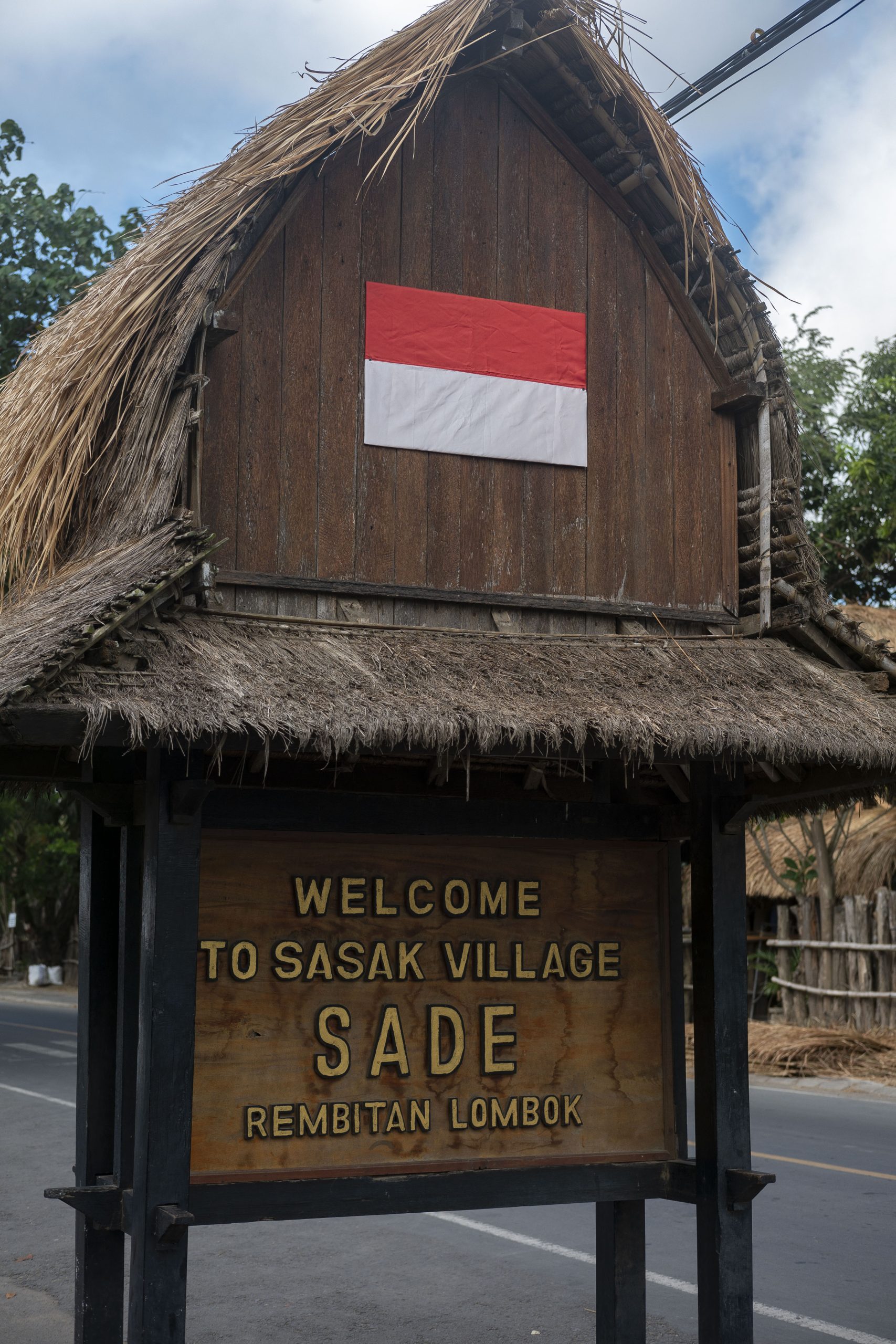
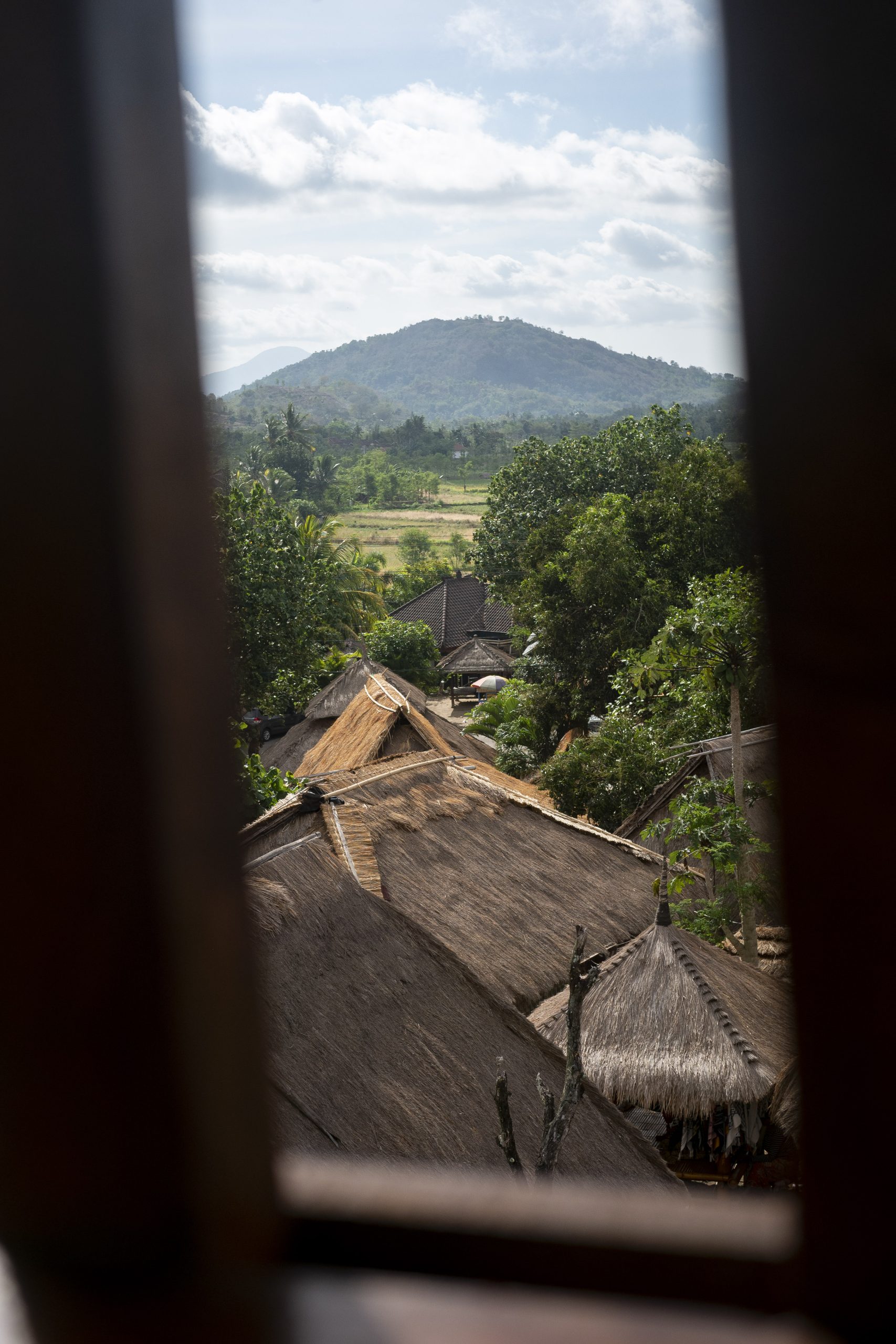
Tucked within Rembitan village in Central Lombok, this traditional dusun (hamlet) is well-known for its elevated woven huts, textile vendors and street performances, encompassing a 2-hectare area which has been the home to the Sasak people for fifteen generations. While they charge no entrance fee, they rely on the kindness of visitors through a donation box, whatever the amount.
Before we explored the alleys of the village, our guide shared the background and history of the village and its people. The village currently encompasses 150 houses, each with its own head of the family and approximately 700 residents living in the village. However, there are nine other extension villages scattered throughout the island due to Sade Village having reached its maximum capacity.
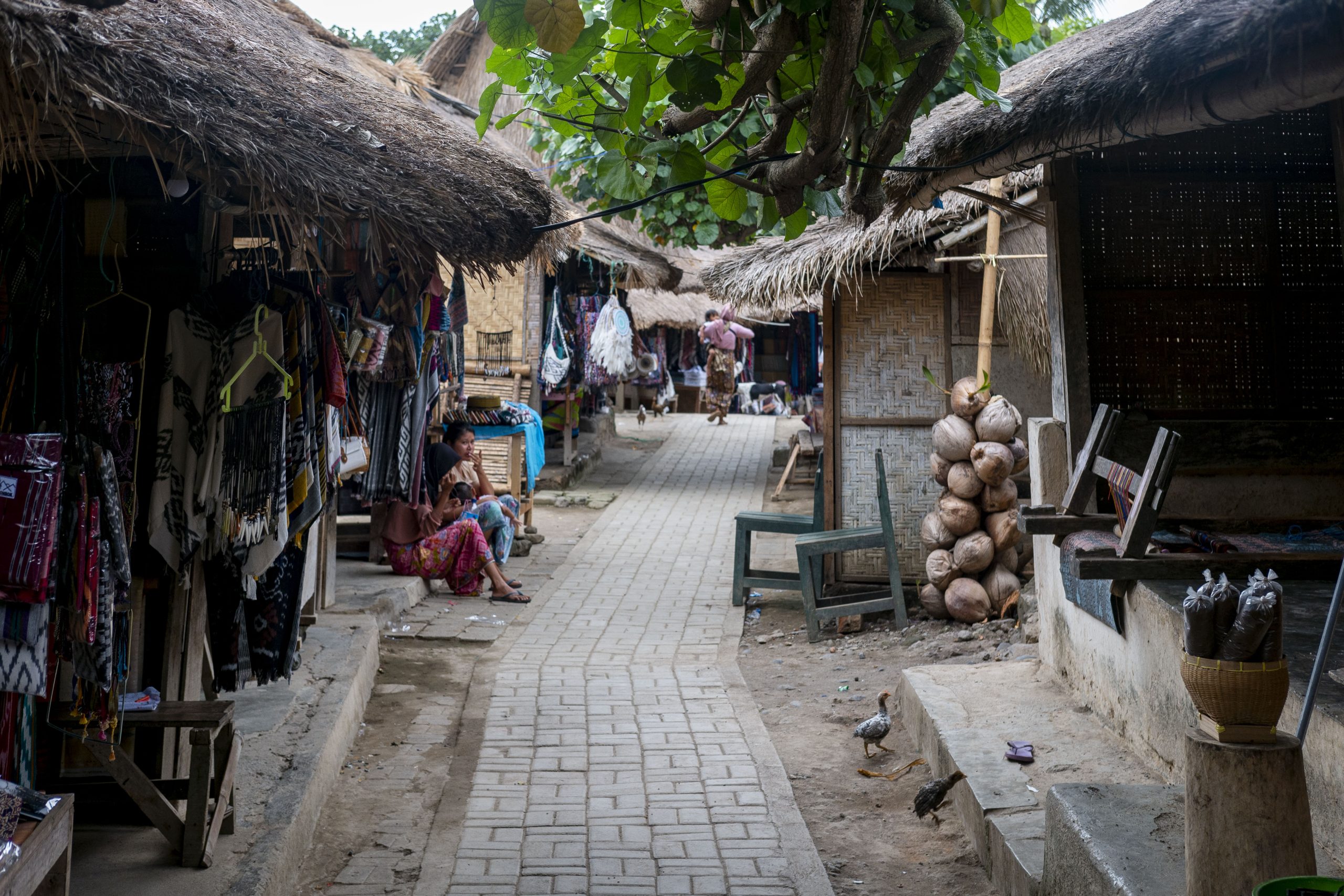
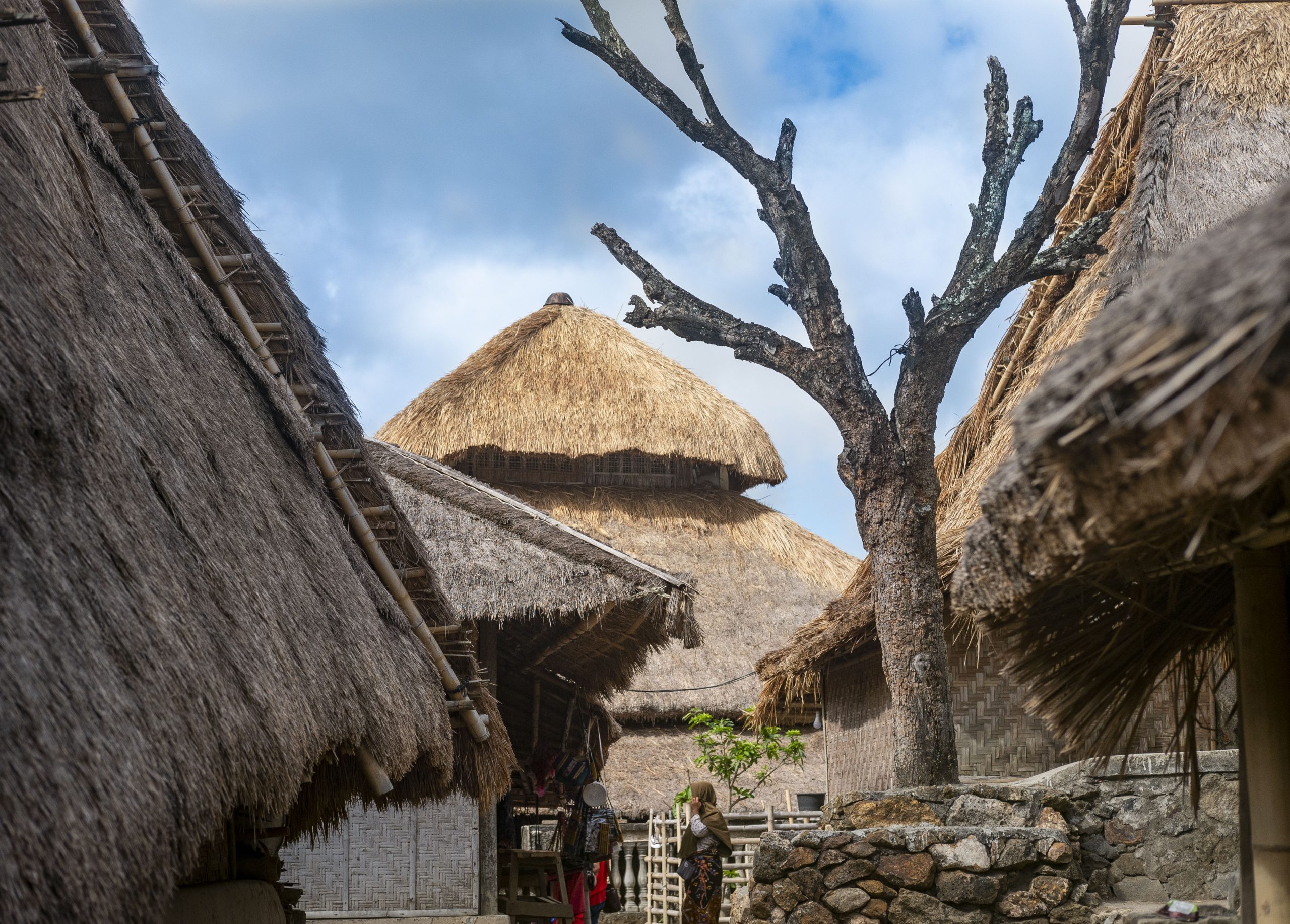
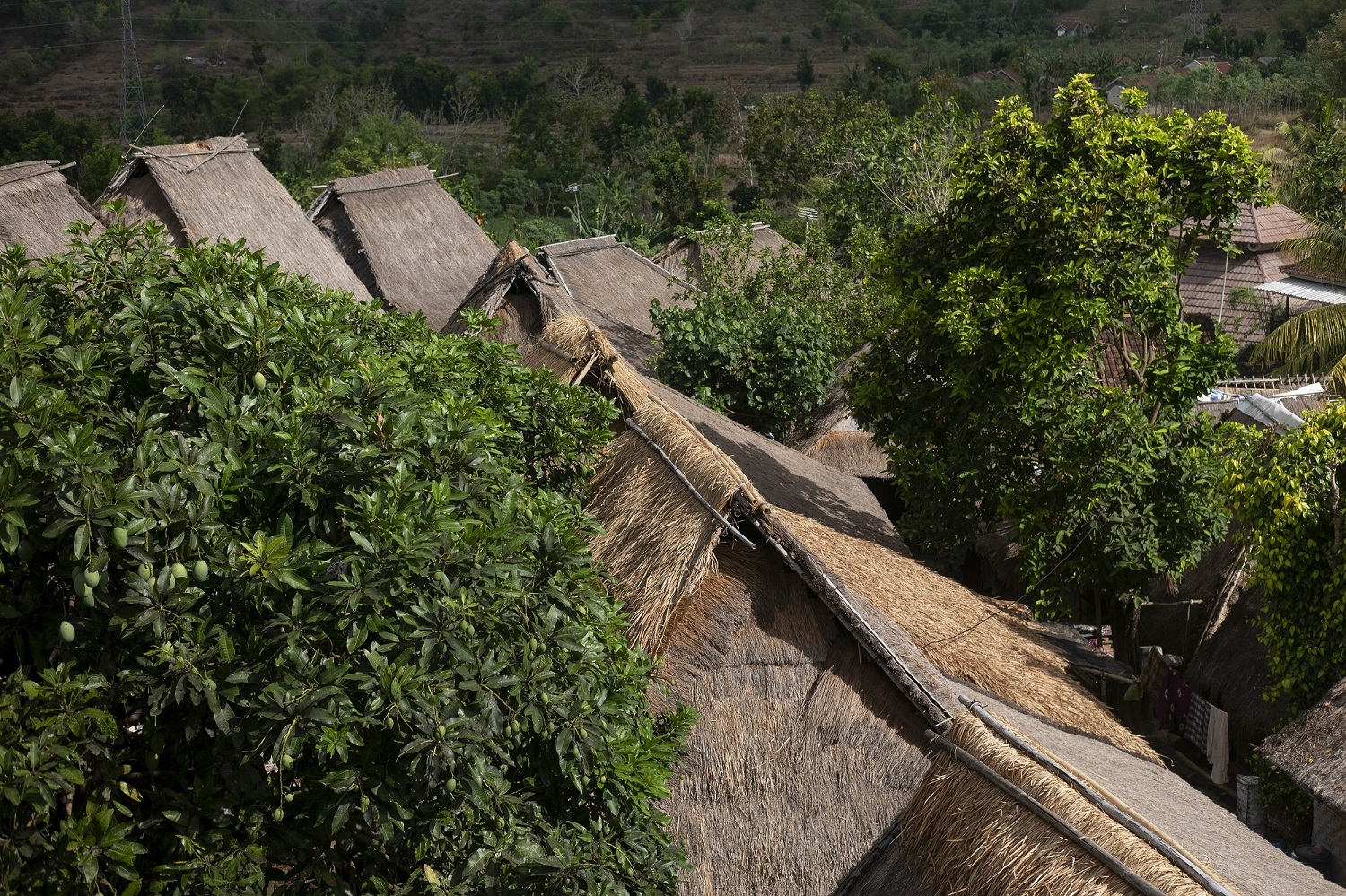
Although the village has access to electricity, it still retains an authentic traditional village atmosphere and way of life, such as using traditional cooking appliances and coconut oil lamps. The traditional houses, which are referred to as bale, are built right on the bare grounds and feature roofs made of palm fibres placed over bamboo roof trusses, the walls are made of woven bamboo and the floors are made using a mixture of clay and rice husks.
The bales have one entrance measuring 1.5 metres in height with no windows, where it comprises several sections, including the sleeping room; another room that is used to store properties, a birthing place for mothers and a temporary room for the deceased before the burial ritual; the lumbung is used to store harvested rice and daily necessities; a room for young daughters, and pawon, which is the kitchen.
A remarkable fact about the residents of the village is how they’ve managed to sustain their way of living and income, keeping it isolated within and from the village. While most of the men are rice farmers, the women are tenun artisans. On your walk throughout the village, you’ll find plenty of tenun vendors making and selling their textiles, while excess threads are crafted into intricate bracelets.
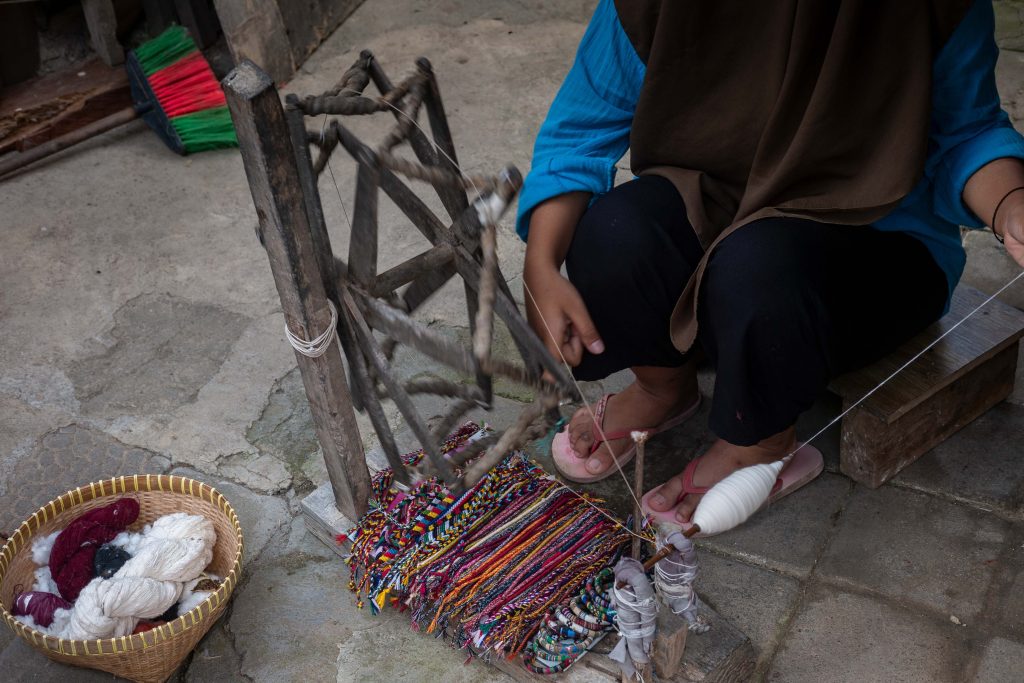
As with most of the native inhabitants of Lombok, the women in the village are required to learn and have the skills of tenun-making before they can marry. This is also a requirement so that they contribute to the income when the farmers aren’t able to harvest their crops. Lombok is a dry island, where the rainy season only occurs once a year and the harvest season usually only falls around March of each year, thus effectively affecting their source of income.
Sade Village is a truly fascinating place and is definitely a must-visit whenever you’re in Lombok, a place that still upholds its centuries-old history, culture and tradition amidst an evolving modern society.
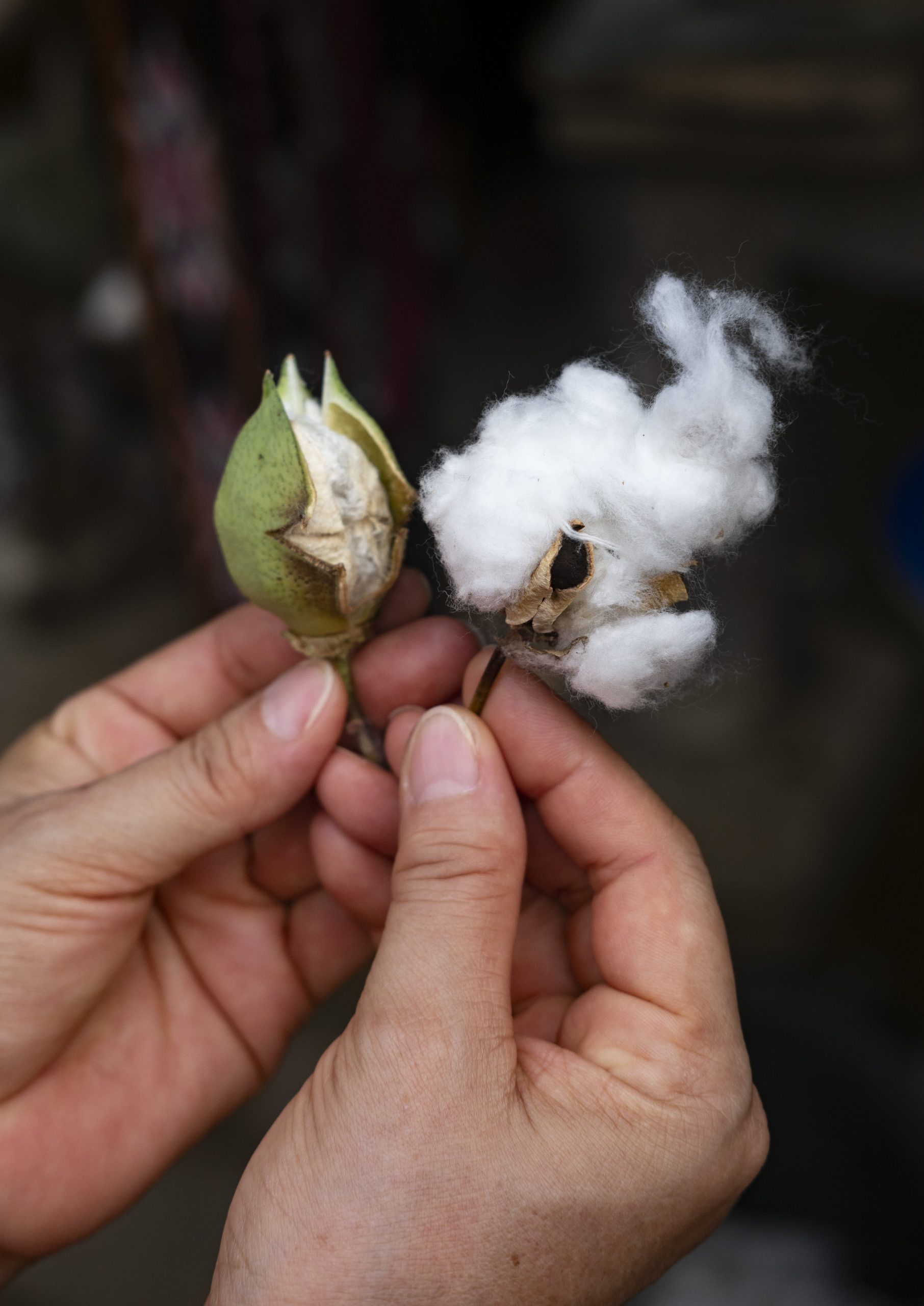
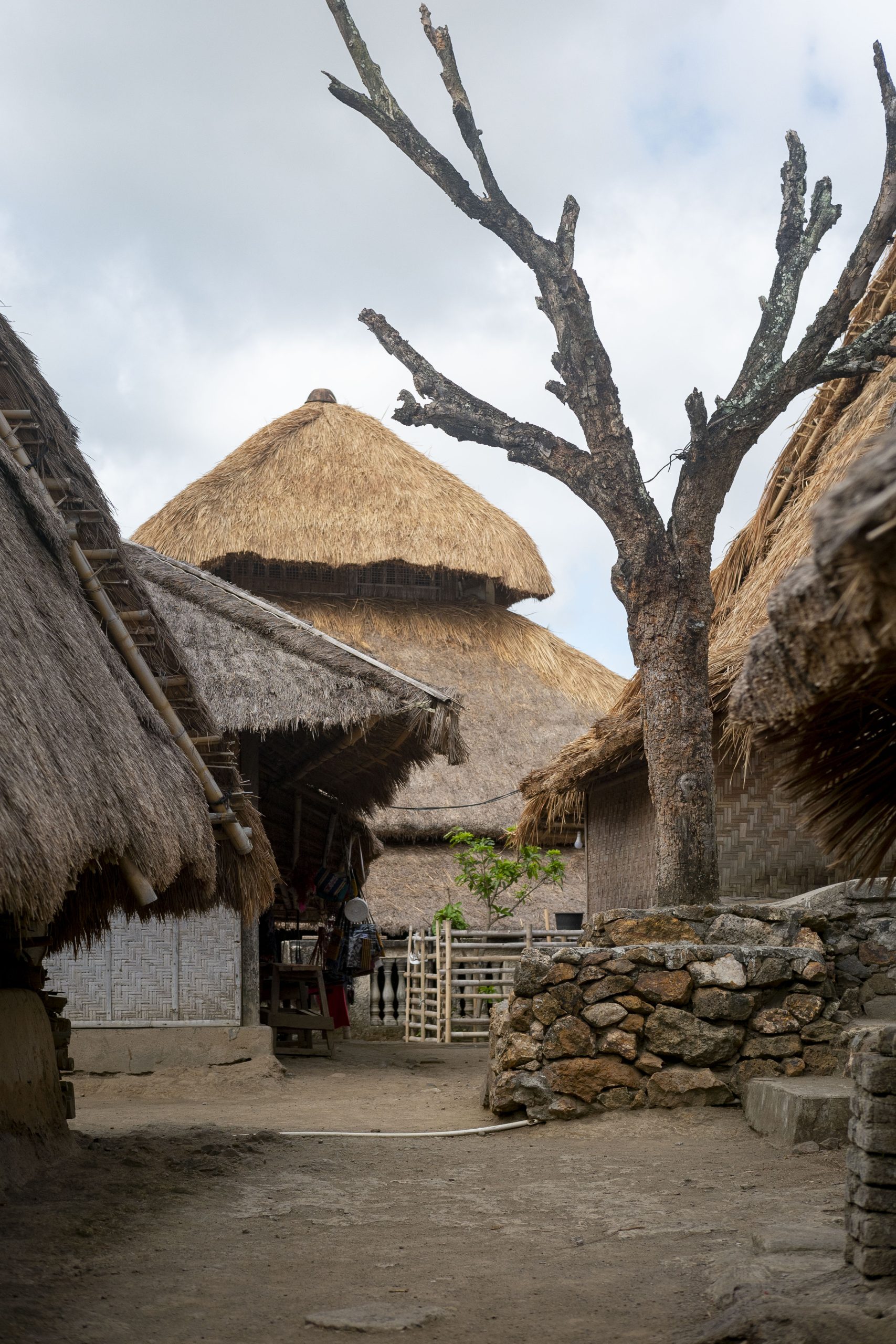
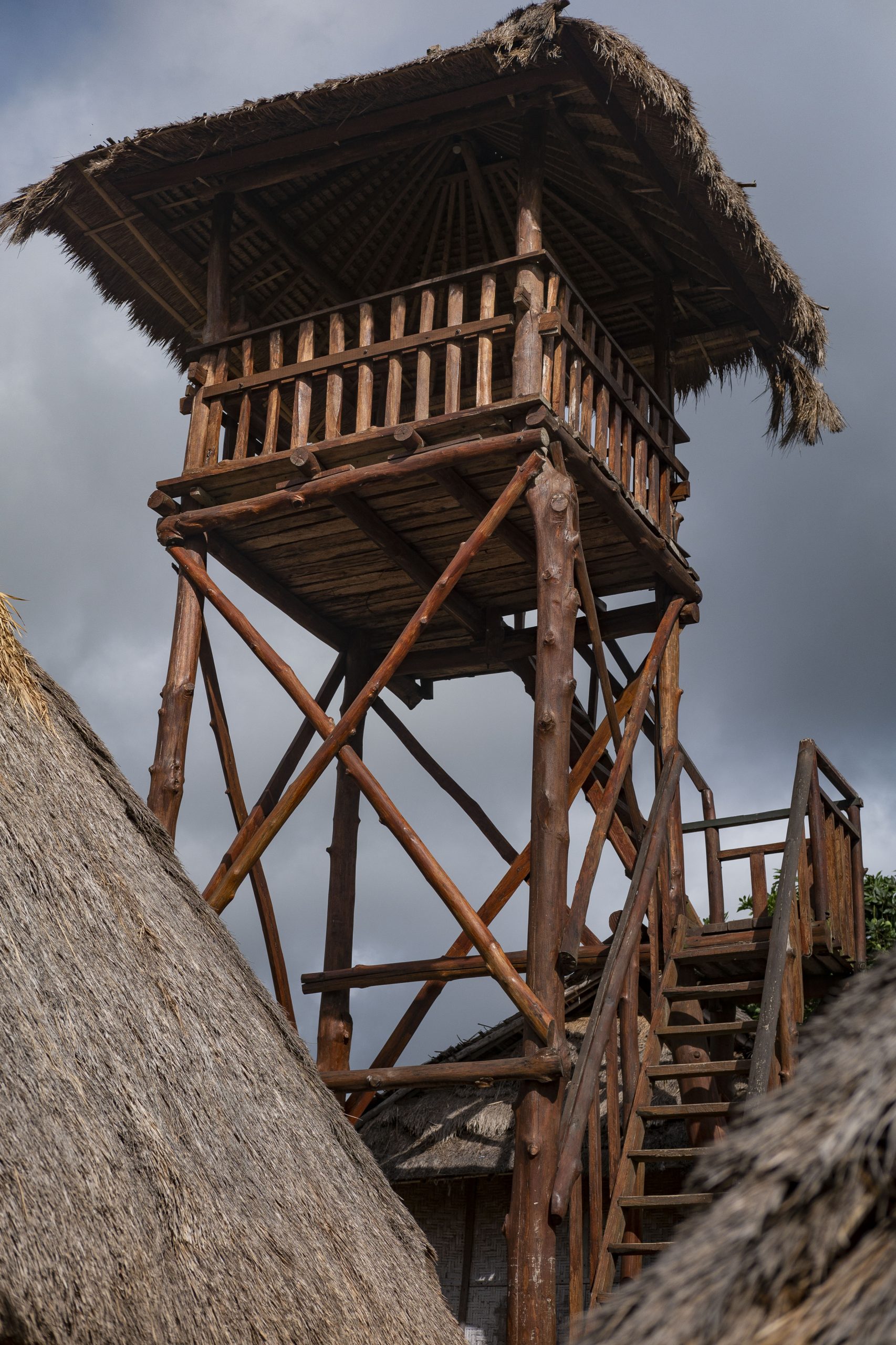
These are but some of the wonders found in Lombok, an island larger, wilder and more rugged than Bali. For nature lovers or cultural enthusiasts, this island across the straits beckons for exploration. We cannot wait to return and discover more.

